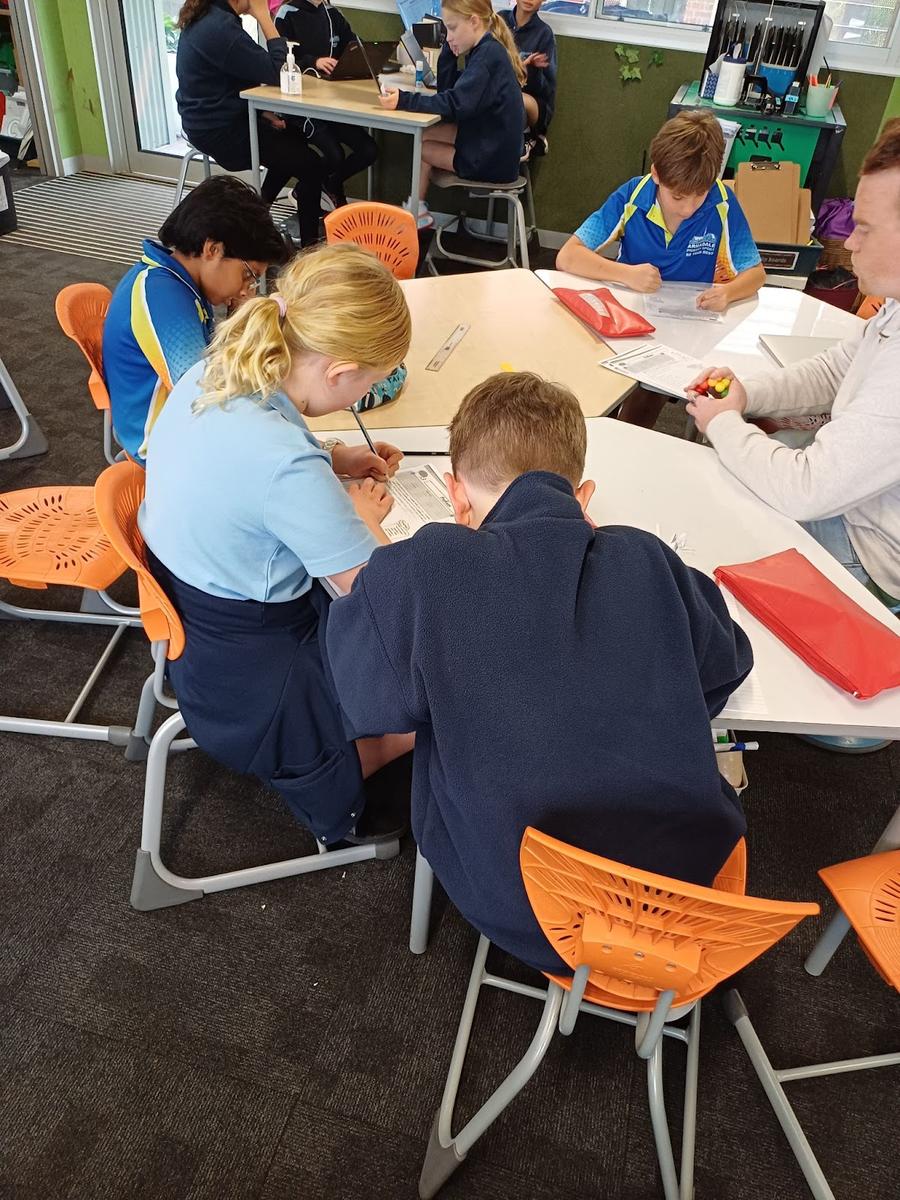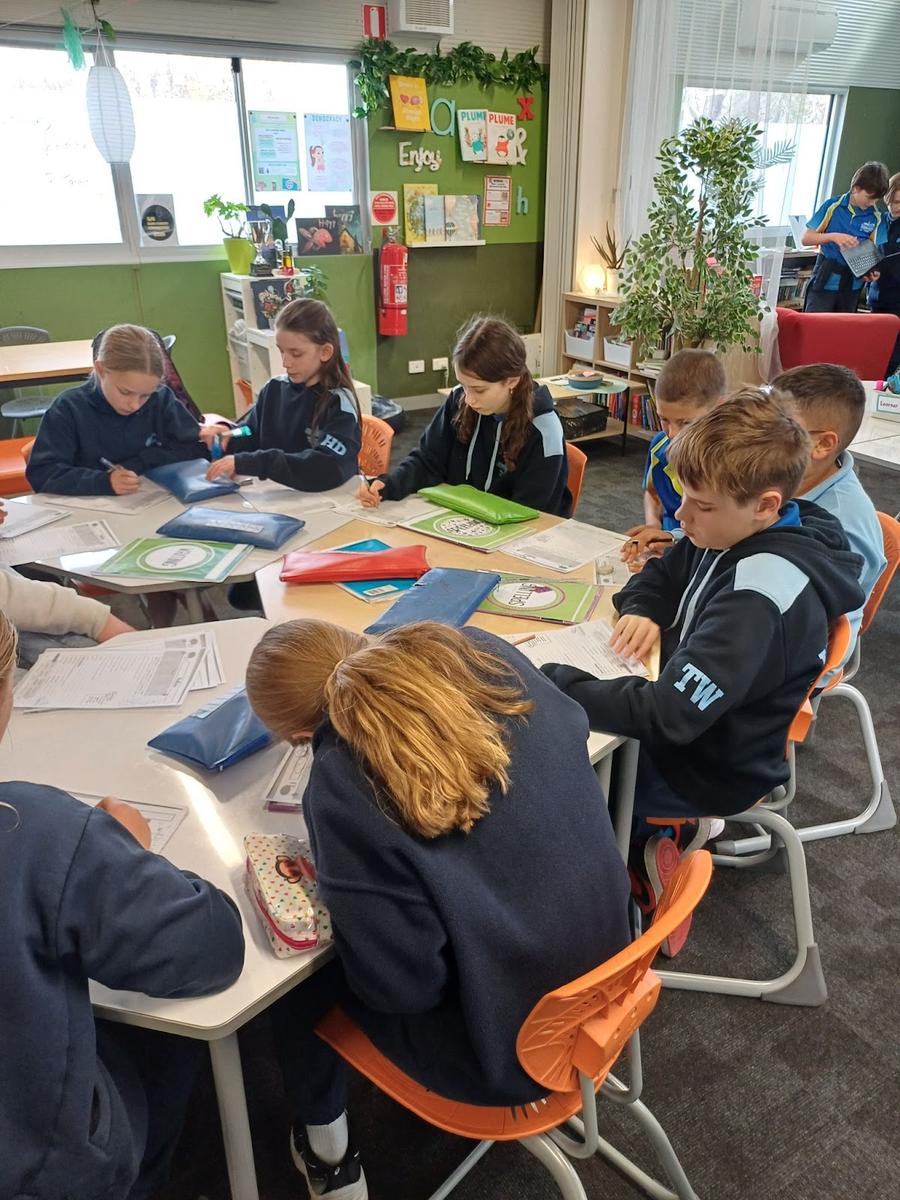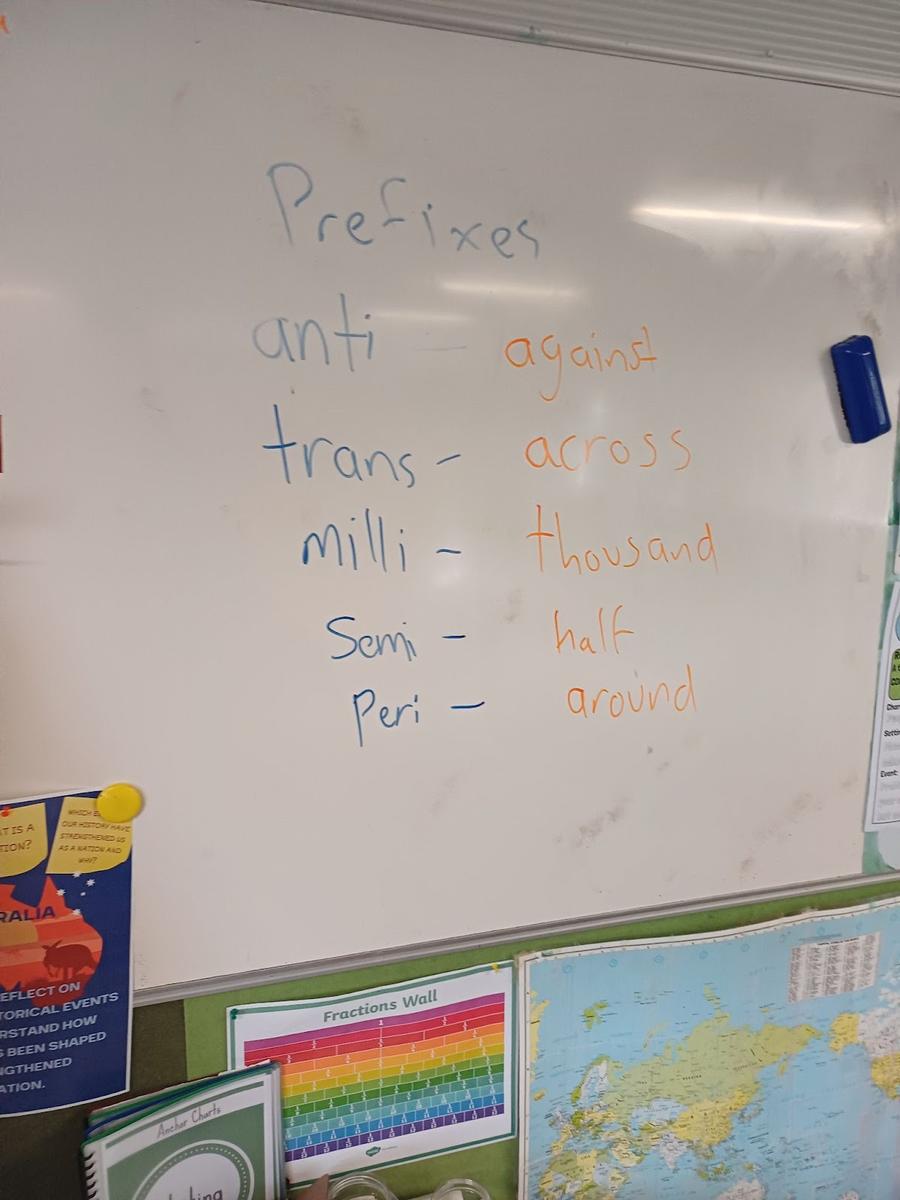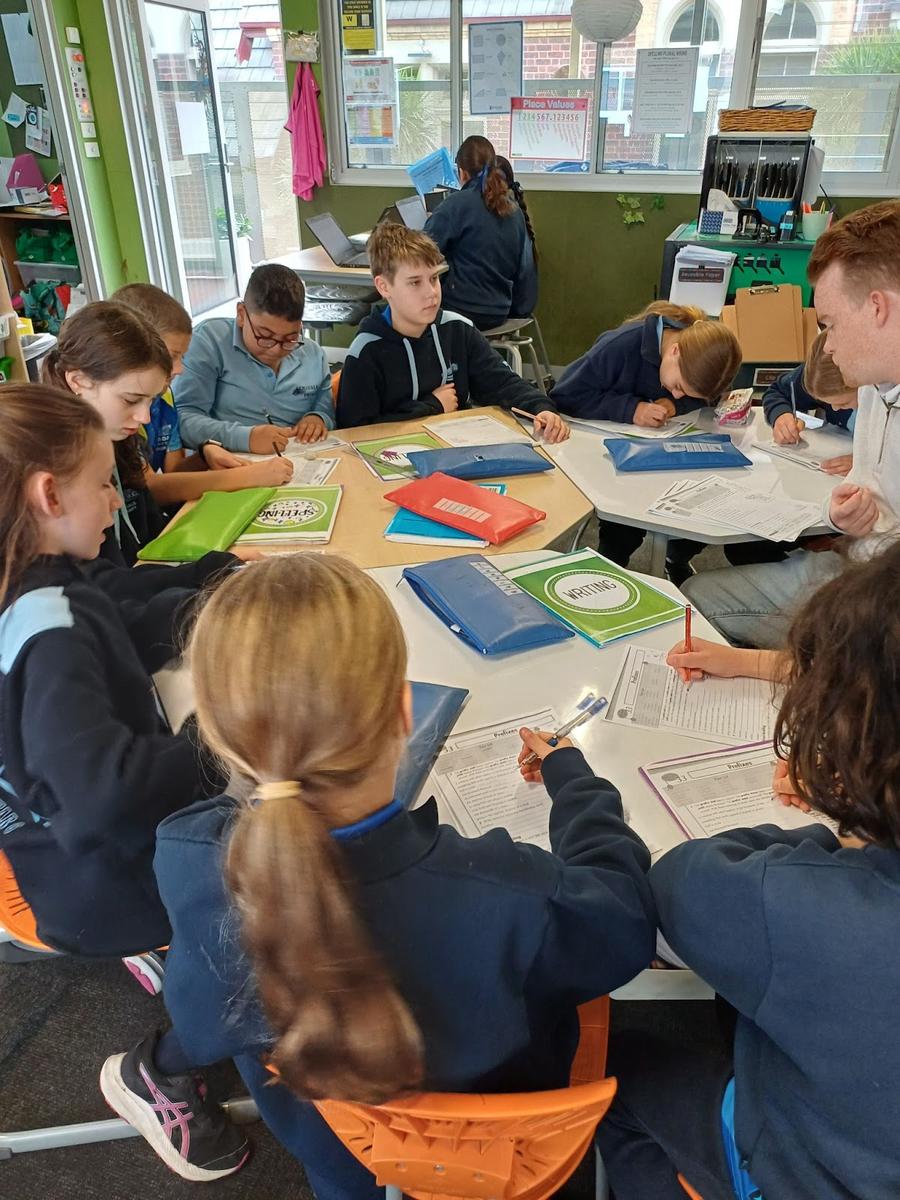Year 5/6 Bulletin

Spelling - Prefixes
Learning and becoming familiar with the meanings of prefixes and suffixes expands vocabulary, aids in spelling, and enhances communication skills. It supports critical thinking, by gaining meaning of words through decoding, and enhances the student’s strategies and bank of words.
Learning intention: To understand and apply knowledge to particular prefixes, to enhance vocabulary using morphology.
Learning experience overview:
Students started by unpacking what prefixes are and their potential meaning. As a discussion, the class were prompted to use their prior knowledge of words to unpack what the specific prefix might mean and how it impacts the meaning of the whole word.
Students then used this knowledge to complete various word building and definition activities to further solidify their understanding. Mini clinic groups were brought to a table and students were called upon to give their reasoning behind what they think a word might mean and why. The groups collaborated together by discussing potential definitions and working through different meanings.
Prompts questions:
- What is a prefix and how does it change the meaning of a word?
- Can you think of any words that start with prefixes?
- What do the following prefixes mean: anti, trans, milli, semi, peri? How do you know? Where have you seen these before?
- What is the difference between a prefix, suffix, base word, and root word?
Reflections:
By the end of the prefix session, students were able to recognise and identify common prefixes, such as "anti-", "trans-", "milli-", "semi-", and "peri-", and explain how these prefixes modify the meanings of base and root words. Moving forward, students can then transfer this knowledge to decode unfamiliar words, enhancing their reading comprehension and vocabulary. Students will use the morphology method to correctly spell unfamiliar words and identify how prefixes and suffixes can change definitions for words with the same root/base word.
What can you do now to continue learning at home from this experience?
At home, while reading their take home books, students can observe the text and identify prefixes as they go along, making note of how the prefix can create a whole different meaning of a word.
Another thing that can be done at home to further their learning, students could create a pack of cards that have different prefixes, root/base words and suffixes on them, to create multiple words and with various formations and meanings.
Jenny, and Brad
Year 5/6 Team




